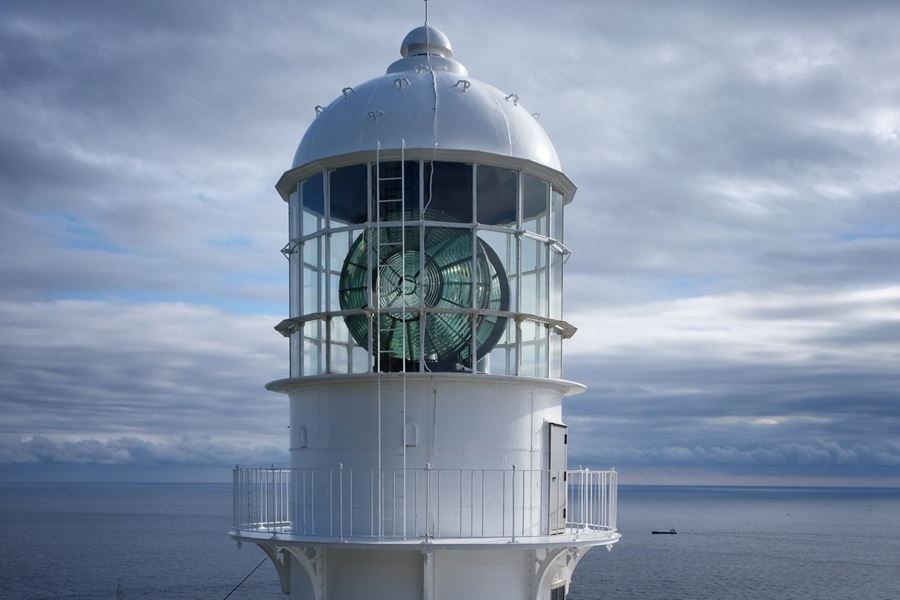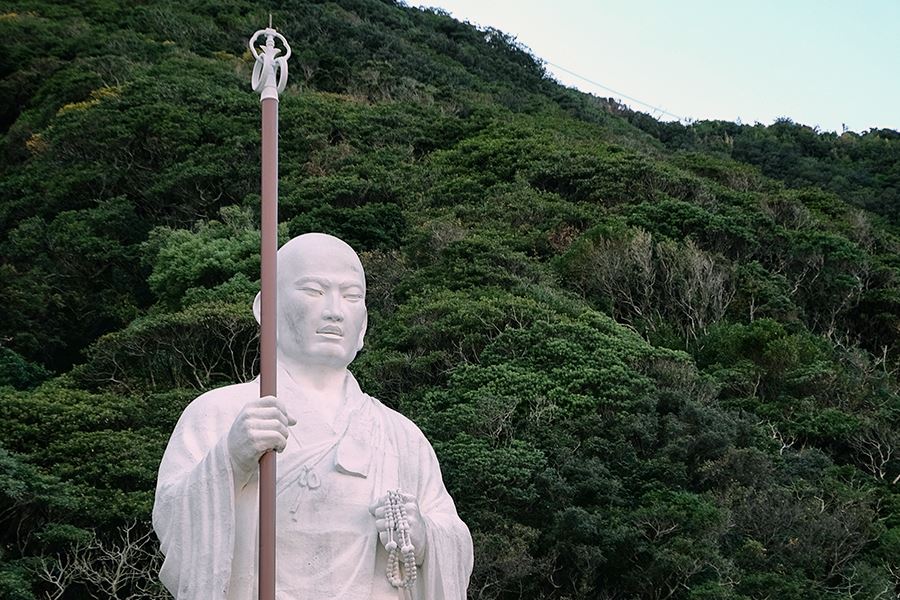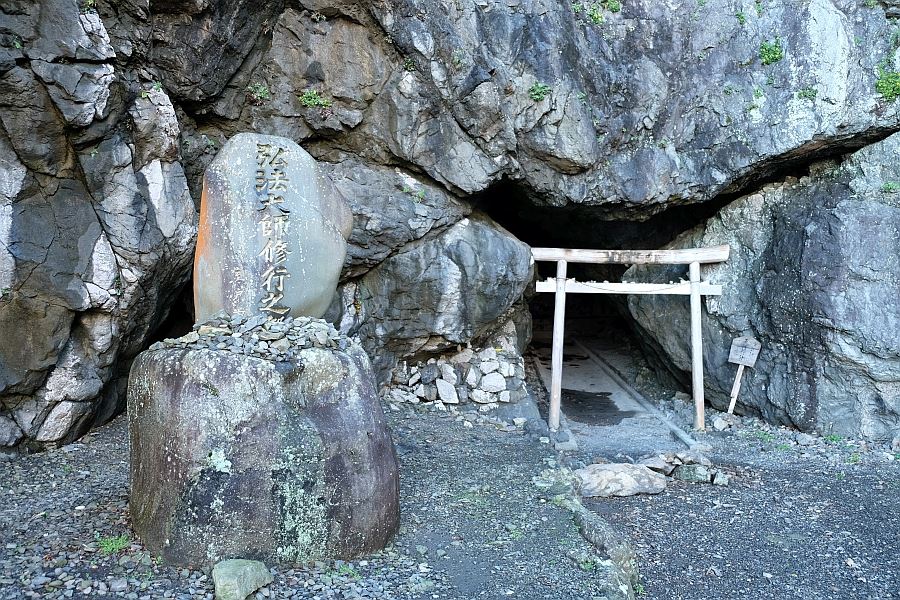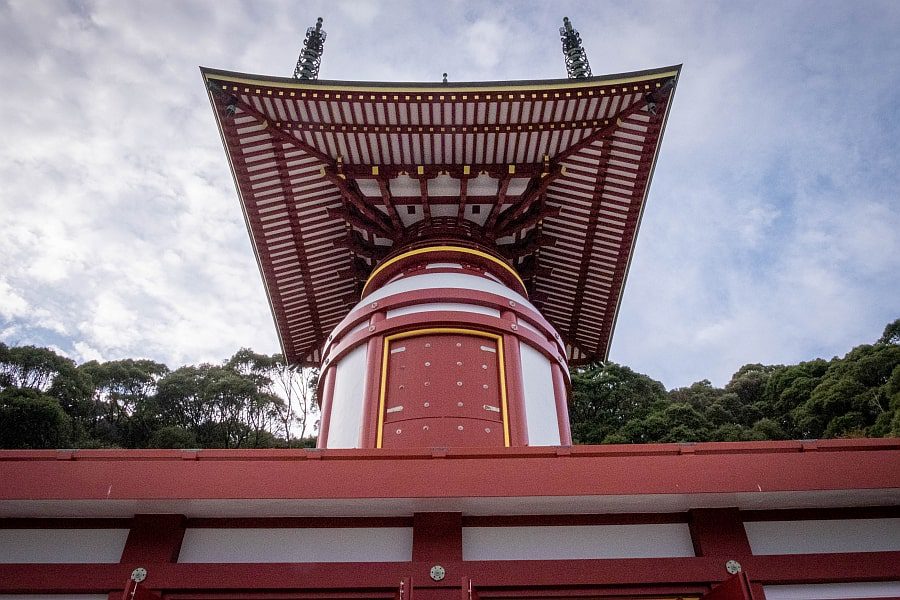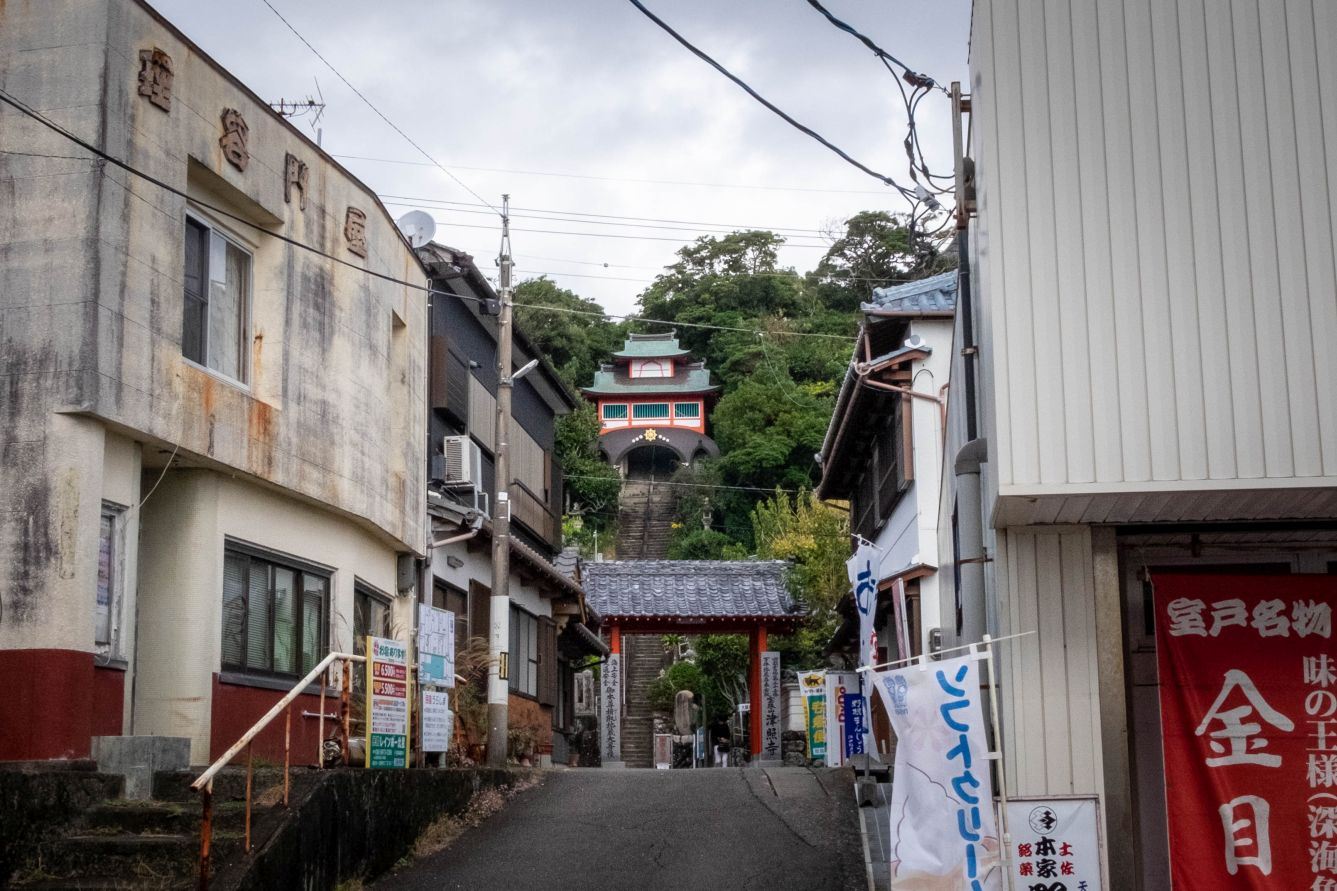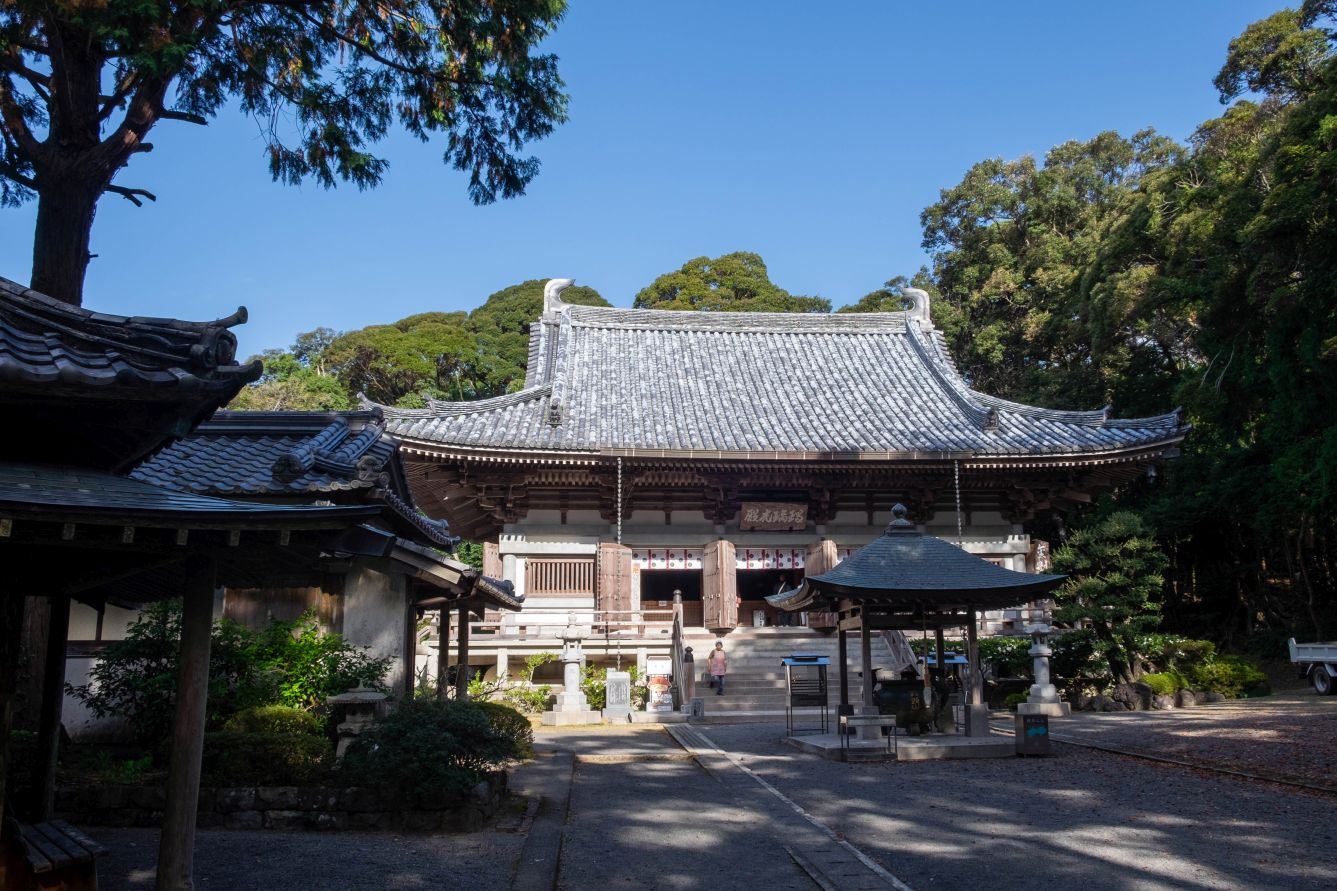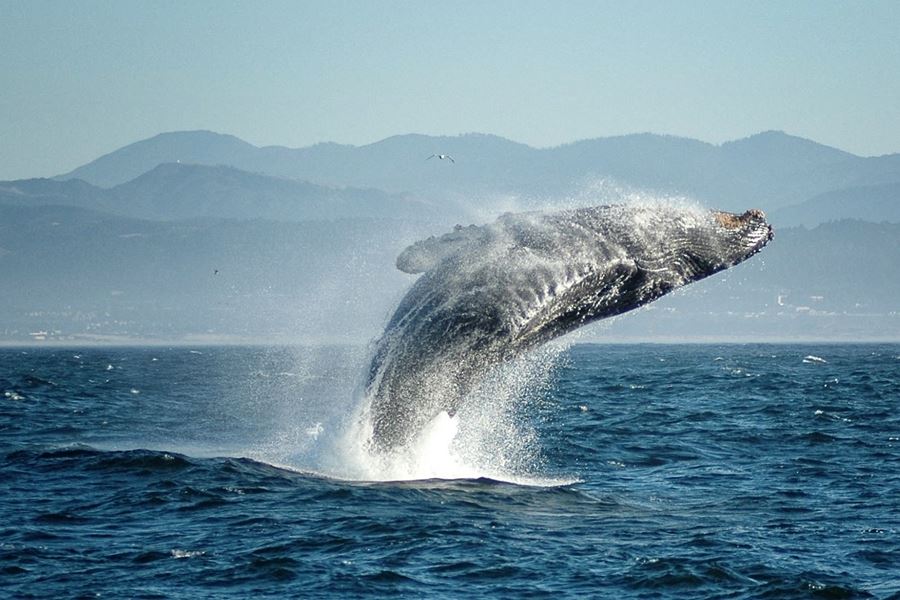Temple 24, Hotsumisaki-ji
Home » Temple 24, Hotsumisaki-ji
Temple 24, Hotsumisaki-ji
Hotsumisaki-ji is temple No. 24 on the Shikoku pilgrimage or Henro. It stands at an elevation of 300 m on the tip of Cape Muroto, a warm place where subtropical plants grow. For walking pilgrims, it’s a welcome spot since it marks the end of one of the longest stretches between temples on the pilgrimage (76 km). Hotsumisaki-ji is one of the three temples on the Muroto Peninsula known collectively as Muroto Sanzan.
What to see
You approach the temple from a road that climbs up the hill beside it. The road carries on straight to the lighthouse, but when you turn to the left, the Niō Gate stands before you with a number of statues before it.
One of the first things you encounter after you pass through the main gate is a smooth boulder of andesite stone with oval indentations. Striking this hard stone with a pebble makes a bell-like sound, which is said to reach to the Other World.
Beyond this stone is a skirted belfry, a stone statue of Kokūzō, and the two-storey pagoda to the right. There’s a sumo wrestling ring and the Daishi Hall on the left. To the left is a water basin and the temple office, and the main hall is in front of it. The Reihō Hall, Shōten Hall, and Goma Hall are in a line behind the main hall. At the far end of the compound from the main gate is a lodging for pilgrims.
History
Kūkai founded the main temple in 807 by carving a statue of Kokūzō, the principal idol, at the request of Emperor Saga. Subsequent emperors were also devoted to Kokūzō at Hotsumisaki-ji.
In 1341, the Shōgun Ashikaga Takauji made Hotsumisaki-ji the temple in Tosa for prayers for national peace. After that, the temple burnt down, but from 1615 it was restored with the help of Yamauchi Tadayoshi, lord of the Tosa domain. At that time, it had the full complement of seven buildings worthy of a major temple.
The temple suffered devastation as a result of the decree requiring the separation of Buddhism and Shintō, but it was rebuilt again in 1914. From old times women were forbidden to enter the temple so they worshipped from a hall next to the path up from the cape. The ban was lifted in 1897.
Legends
Beside the main hall is a profusion of large green leaves. These resemble the leaves of a kind of edible yam. When Kūkai visited the temple, he asked an old woman there if he could have a few to eat, but seeing him only as a poor mendicant priest of no status, she said, “Oh, these are inedible yams”. Whereupon Kūkai struck the ground with his staff, and the once-edible yams became inedible. Obviously, this particular plant was never edible, but the story warns us not to judge people or things by their appearance alone.
In 794 at the age of 19, Kūkai made his home in a cave on the Muroto coast and completed the ascetic practice of reading the Kokūzō Gumonji sutra a million times while seated on a rock overlooking the Pacific. One of the requirements of this training is that it must be done facing Venus, which appears as a bright star in the west. When Kūkai achieved enlightenment here, he had a vision of the star flyng into his mouth. To mark this transition in his life, he adopted the name by which he was known until his death — Kūkai, meaning “sky and sea”. In 815, aged 33, Kūkai returned here, carved the statue of Kokūzō and established the temple.
Information
Name in Japanese: 最御崎寺
Pronunciation: hotsumisakiji
Address: 4058-1 Murotomisakicho, Muroto, Kochi 781-7101
Related Tours
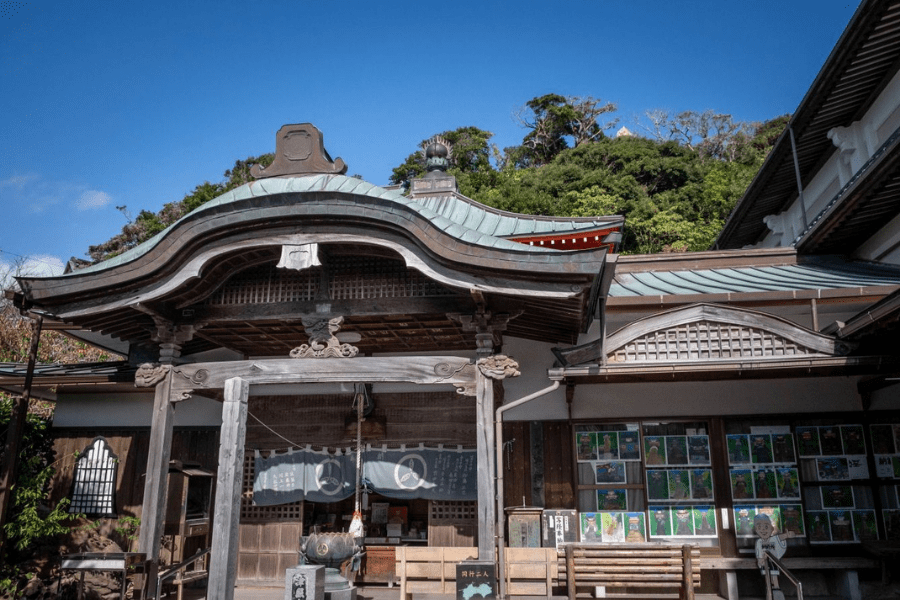
Hike the most strenuous pilgrimage trails to the best temples in Kōchi.
